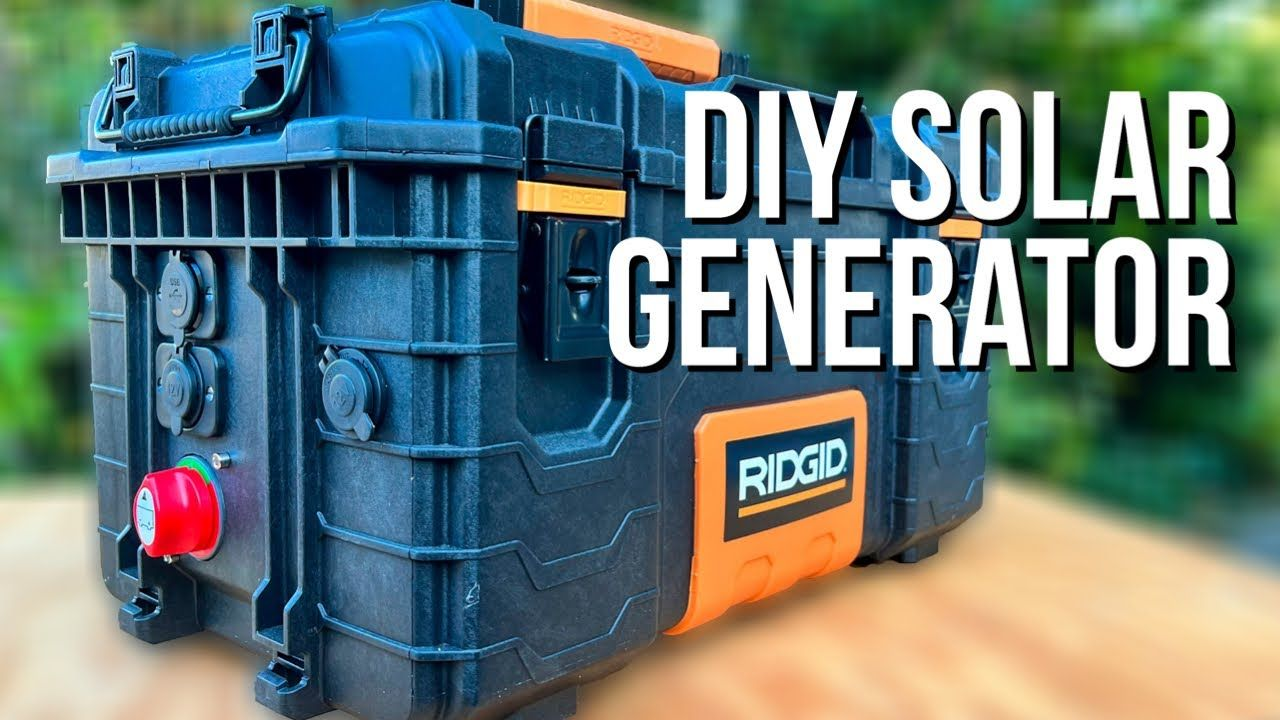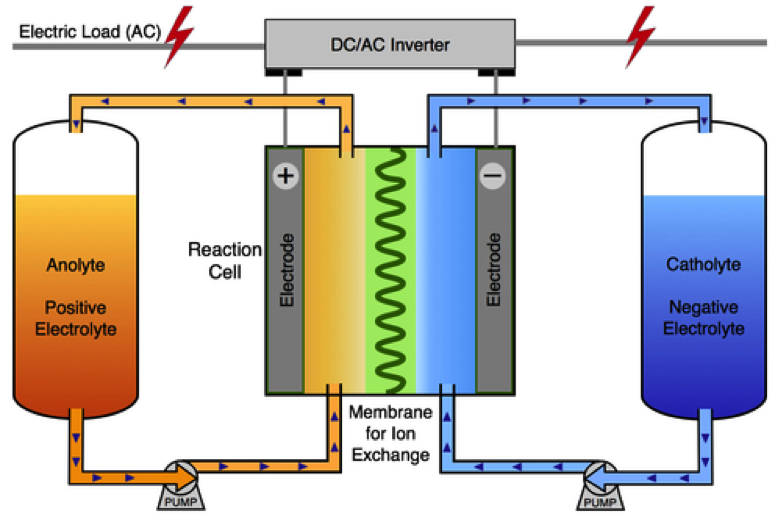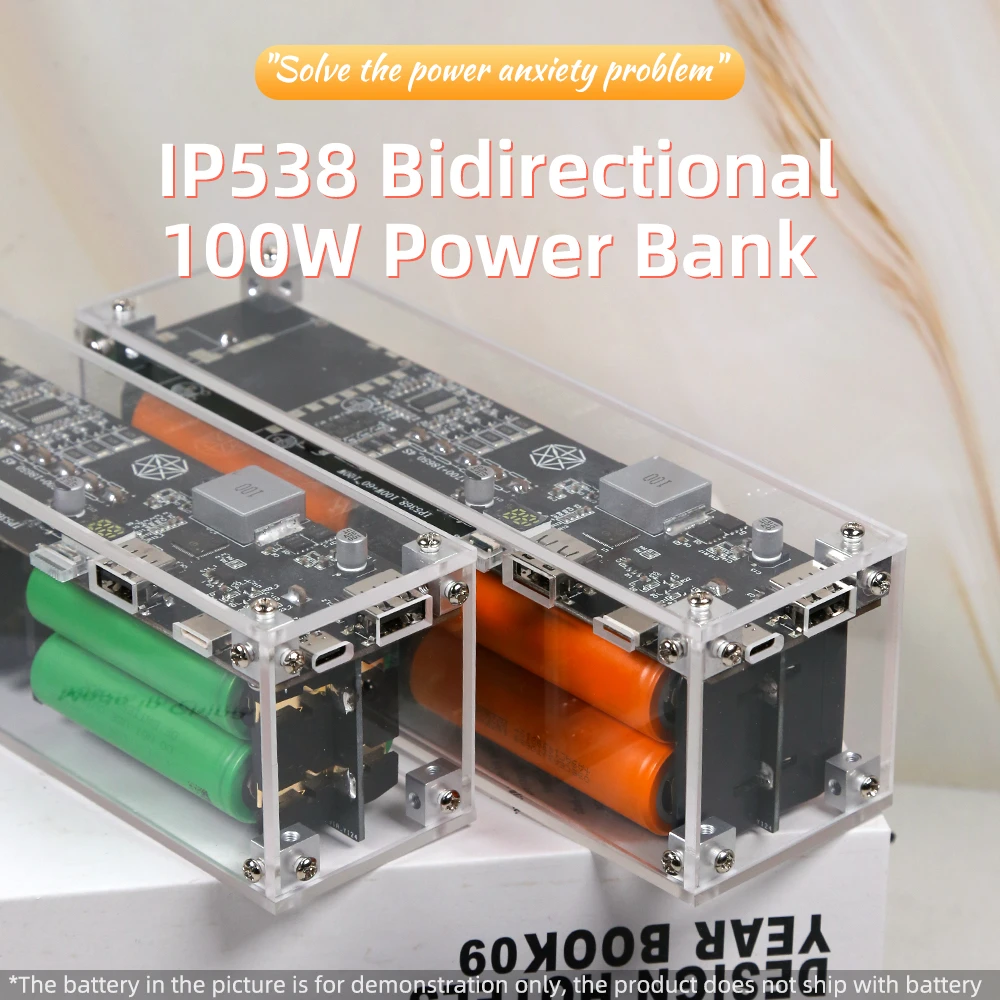Are you ready to harness the power of the sun? Constructing a Solar Generator DIY can be an incredibly satisfying project that not only showcases your creativity but also serves as a practical eco-friendly power solution. With a few commercial off-the-shelf solar components, you can learn how to build a solar generator that meets your specific energy needs. This straightforward approach allows anyone to create their own solar power station, complete with battery monitoring for solar to ensure efficient energy management. In just a couple of hours, you’ll have a unique system that empowers you to enjoy sustainable living while reducing your carbon footprint.
In the realm of renewable energy, creating your own solar power station is an exciting venture. By assembling a solar generator with readily available materials, enthusiasts can create tailor-made eco-friendly solutions to power their homes or projects. This involves understanding how to effectively use various off-the-shelf solar components, making it easier for anyone to participate in the green energy movement. Beyond just a simple assembly, battery monitoring for solar systems adds a level of sophistication to your DIY project, ensuring optimal performance. Join the community of innovators exploring sustainable energy alternatives and inspire others with your custom solar creations.
Understanding DIY Solar Power Stations
DIY solar power stations are emerging as an eco-friendly power solution for those looking to harness solar energy without breaking the bank. This concept involves assembling various commercial off-the-shelf (COTS) solar components, such as solar panels, charge controllers, batteries, and inverters, into a custom-built system. By opting for a DIY approach, users gain the flexibility to choose components that suit their specific energy needs and budget, making it a popular choice for weekend projects.
The integration of efficiency and simplicity is key in building a solar power station. Many enthusiasts, like the YouTube creator [DoItYourselfDad], demonstrate how easy it is to wire standard parts together in just a couple of hours. The satisfaction of creating an efficient power source while contributing to sustainability makes DIY solar power stations a worthwhile investment of time and resources.
How to Build a Solar Generator in a Weekend
Building a solar generator can be accomplished in just a weekend if you follow a structured approach. Begin by gathering all necessary components, including batteries, charge controllers, and inverters. Resources like [DoItYourselfDad]’s tutorials can guide you through each step, focusing on the practicality of assembling the system effectively. With everything ready, laying out the parts methodically helps to streamline the setup process.
Once you have the components, the next crucial step is to properly wire them together while ensuring safety precautions are followed. This project not only consumes a few hours but also empowers you with knowledge about solar energy systems. With the addition of features like battery monitoring and multiple charging options—solar and wall power—you can customize your solar generator according to your preferences.
The Benefits of Commercial Off-the-Shelf Solar Components
When assembling your solar generator, utilizing commercial off-the-shelf (COTS) solar components offers several advantages. First and foremost, these items are readily available and designed for compatibility, which simplifies the building process. You can easily source these components from local hardware stores or online platforms, making it convenient to collect everything needed for a DIY solar power project.
Another benefit is the variety these COTS components provide. From batteries to inverters, users can select quality products that meet specific energy demands. Furthermore, using proven components enhances the reliability of your solar generator, ensuring it provides efficient power when needed. This approach allows for a tailored setup attracting both beginners and seasoned DIY enthusiasts.
Battery Monitoring for Solar Systems
Battery monitoring is a critical aspect of maintaining the efficiency and longevity of your solar power solution. The integration of battery monitoring systems, like shunts, allows users to track the status and health of the battery over time. For instance, some setups, as showcased by DIY projects, feature batteries equipped with Bluetooth capabilities, making it easy to monitor performance through a smartphone app.
Monitoring not only helps in maximizing the power output but also prevents overcharging, which can lead to battery damage. By being proactive and using these technologies, you ensure that your solar generator functions seamlessly and meets your energy needs consistently, providing peace of mind and reliability.
Enhancing Your DIY Solar Generator with Advanced Features
The beauty of a DIY solar generator lies in the ability to incorporate advanced features that fit your unique requirements. For example, adding a DC-DC converter can enable USB-PD functionality, allowing you to charge modern devices more efficiently. Such upgrades showcase how customization can significantly enhance a basic solar generator into a multi-functional power station.
Furthermore, as technology evolves, more advanced features such as smart charging, integration with home systems, and enhanced monitoring capabilities become available. Experimenting with these additions not only improves functionality but also offers a chance to develop your skills in renewable energy systems.
Eco-Friendly Power Solutions at Home
Transitioning to eco-friendly power solutions is not only beneficial for the environment but can also lead to significant cost savings. By opting for DIY solar power stations, homeowners can generate their own electricity, reducing reliance on grid power and minimizing their carbon footprint. The simplicity of assembling a solar generator allows individuals and families to take an active role in their energy consumption.
Incorporating renewable energy sources like solar power can align with broader sustainability goals. As more people choose to harness the sun’s energy, communities can collectively reduce greenhouse gas emissions and foster a more sustainable future. By sharing their DIY solar projects, enthusiasts inspire others to consider eco-friendly solutions for their energy needs.
Showcasing Your DIY Solar Projects
After successfully creating your DIY solar generator, sharing your project with others can foster community and inspire creativity. Platforms like YouTube or DIY forums allow you to showcase your work, share lessons learned, and gather feedback from fellow solar enthusiasts. This exchange of ideas can lead to improved designs and innovative solutions for solar energy use.
Encouraging others to participate in DIY projects not only boosts the popularity of solar energy solutions but also encourages knowledge transfer among community members. By highlighting successful builds and practical applications, you contribute to a growing movement towards sustainability and self-sufficiency in energy production.
Overcoming Common Challenges in DIY Solar Setup
Like any DIY project, there are challenges associated with building a solar generator. One common issue is ensuring that all components are compatible, particularly when selecting batteries and inverters. Careful research and planning can mitigate potential setbacks, allowing you to find COTS products that work harmoniously together.
Additionally, users can face hurdles regarding space constraints or budget limitations. Creativity and resourcefulness often come into play when addressing these issues—whether it’s reusing old equipment or optimizing layout within the given space to maximize efficiency. Embracing these challenges ultimately leads to a better understanding of solar technology.
The Future of DIY Solar Energy
The future of DIY solar energy solutions looks promising as technology continues to evolve. With advancements in solar efficiency and battery storage, these systems are becoming more accessible and effective for everyday users. As more individuals take up the challenge of building their solar generators, the potential for innovation in designs and functionalities grows.
Emerging trends point towards integration with smart home systems and renewable energy grids, paving the way for a more sustainable and connected environment. The DIY solar movement will likely inspire continued interest in alternative energy sources and encourage more people to explore renewable solutions for their homes.
Frequently Asked Questions
What are the essential components needed to build a DIY Solar Generator?
To create a DIY Solar Generator, essential components include a battery for energy storage, a charge controller to manage battery charging, and an inverter to convert stored DC power to AC. Additionally, you may want to incorporate commercial off-the-shelf solar components such as solar panels and a Battery Monitoring System for optimized performance.
How long does it take to build a DIY Solar Power Station?
Building a DIY Solar Power Station can take approximately 2 hours, making it a perfect weekend project. Following a structured guide, you can easily wire together the components within this timeframe.
Can I use commercial off-the-shelf solar components for my DIY Solar Generator?
Yes, utilizing commercial off-the-shelf (COTS) solar components is ideal for building a DIY Solar Generator. These components are readily available and make the assembly process simpler, allowing you to customize your solar power station to fit your specific needs.
How do I monitor battery performance in my DIY Solar Power Station?
To effectively monitor battery performance in your DIY Solar Power Station, consider installing a shunt for battery monitoring. This device allows you to track battery health and usage metrics, ensuring your power station operates efficiently.
What advantages does a DIY Solar Generator offer over commercial options?
A DIY Solar Generator provides numerous advantages, including the ability to customize components, choose features that suit your needs, and often lower costs compared to commercial units. It also offers a rewarding hands-on experience, allowing you to create an eco-friendly power solution tailored just for you.
What features can I add to my DIY Solar Generator for enhanced functionality?
You can enhance your DIY Solar Generator with features like USB-PD functionality using a DC-DC converter, multiple charging options from solar or wall power, and advanced battery monitoring systems. The flexibility of DIY allows you to include any enhancements you desire!
Is battery type important when assembling a DIY Solar Generator?
Yes, the type of battery is crucial when assembling a DIY Solar Generator. Lithium Iron Phosphate (LiFePO4) batteries, for instance, offer longer lifespans and better performance, especially when paired with a battery monitoring system that can provide Bluetooth connectivity for easy tracking.
What should I consider when choosing a case for my DIY Solar Power Station?
When selecting a case for your DIY Solar Power Station, prioritize durability, size, and heat dissipation. A clear cargo box, for example, not only provides aesthetic appeal but also allows for easy visibility of internal components while ensuring protection against environmental factors.
Can DIY Solar Generators be used for off-grid applications?
Absolutely! DIY Solar Generators are perfect for off-grid applications, providing reliable and eco-friendly power solutions for outdoor activities, emergency backup, or even powering remote homes. With proper assembly, they can deliver sustainable energy in various situations.
Where can I find guides or tutorials for building a DIY Solar Generator?
You can find valuable guides and tutorials for building a DIY Solar Generator on platforms like YouTube, where creators such as [DoItYourselfDad] share detailed processes. Additionally, numerous DIY forums and websites offer step-by-step instructions to assist with your solar power project.
| Key Components | DIY Process | Additional Features | Final Thoughts |
|---|---|---|---|
| Battery, Charge Controller, Inverter | Simple assembly in about 2 hours | Option for Bluetooth monitoring; wall and solar charging | Build quality is comparable to cheaper options on market |
| Components are COTS (Commercial Off-The-Shelf) | Wiring everything together is straightforward | Possibility to add a DC-DC converter for USB-PD | Encourages sharing of advanced projects |
| No technical expertise required for assembly | Clear guidance from [DoItYourselfDad] | User-defined features based on personal needs | Simple yet effective functionality |
Summary
Solar Generator DIY projects can be both rewarding and practical. By understanding that these devices are essentially batteries, charge controllers, and inverters contained within a box, DIY enthusiasts can easily create their own power stations. Following the step-by-step guidance from creators like [DoItYourselfDad], anyone can successfully assemble a generator in just a couple of hours. The ability to customize and choose components according to personal preferences further enhances the DIY experience. Whether you’re looking to create a simple backup power source or a more complex setup, Solar Generator DIY projects allow for creativity and functionality that can meet varied needs.



